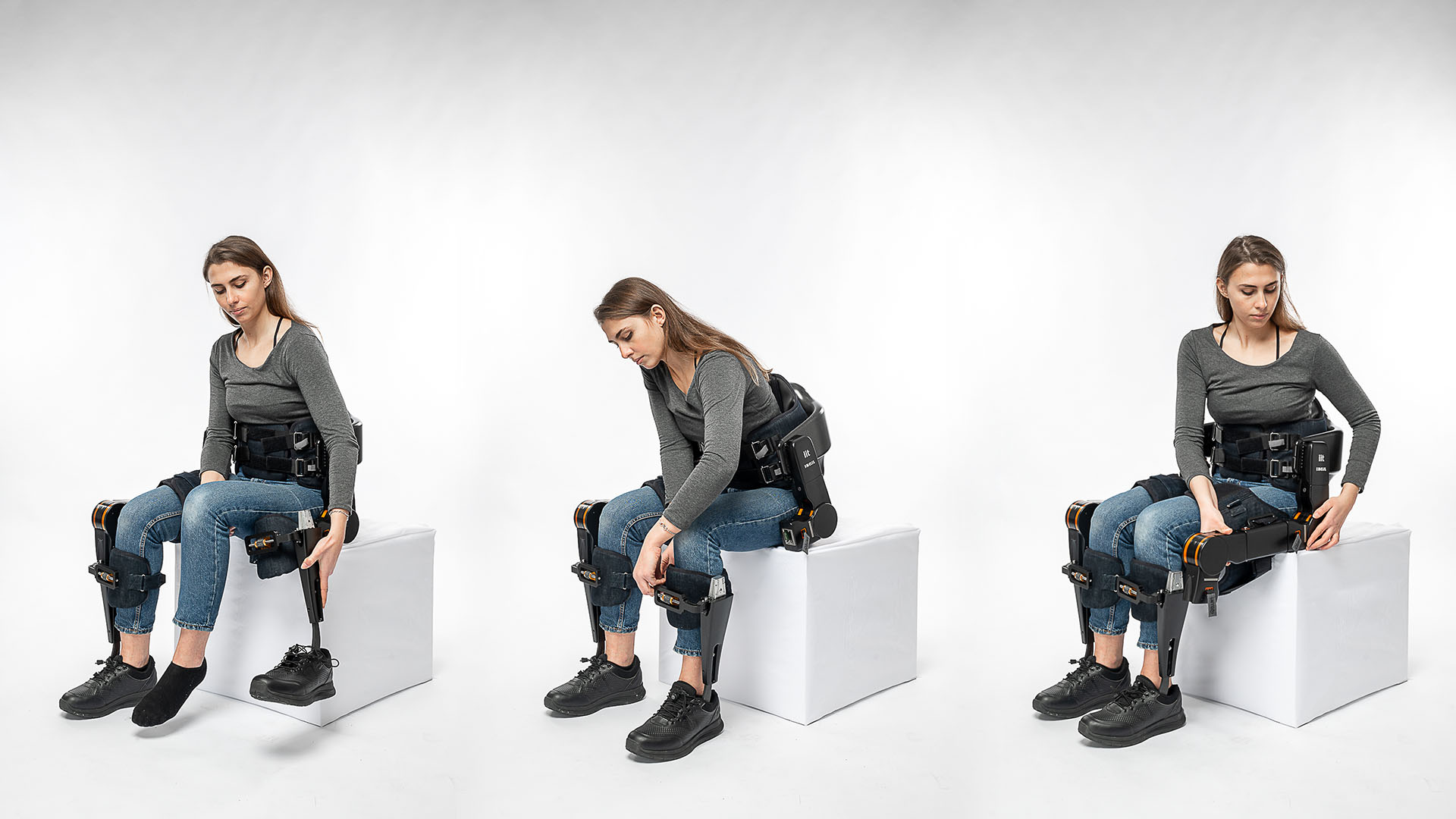The advent ofTwin exoskeleton, the result of the collaboration between the Italian Institute of Technology (IIT) and Inail, marked an important turning point in the field ofmotor assistance. This innovative project aims to restore the ability to stand to people with motor disabilities, introducing new perspectives in the rehabilitation process and contributing to the improvement of the overall well-being of patients, both from a physical and mental point of view.
Twin exoskeleton, the Italian avant-garde
The concept of "exoskeleton", deriving from the composition of the words "eso" (external) and "skeleton", draws inspiration from the external structure of animals such as crabs or spiders.
This idea, applied in the field of medical technology, has given rise to one of the most promising innovations of recent times: exoskeletons, wearable robotic devices designed to improve or restore the functions of human limbs.
Currently they represent the only means capable of guaranteeing the independent walking to patients with spinal cord injuries or neurological pathologies.
Read also:
One of the most recent developments in this sector is Twin, theexoskeleton for the lower limbs developed by the IIT in collaboration with the Inail Prosthetic Center of Budrio.
After a decade of research, this device has reached the second phase of approval by the European Union, getting ever closer to CE marking and at the beginning of large-scale production.
The preliminary results of the clinical trials are encouraging, pointing to a bright future for Twin come rehabilitation tool.
Full support and partial assistance
With dimensions of 80x58x49 centimeters and a weight of 21 kilograms, the Twin exoskeleton is completely adaptable to the patient's tibia, guaranteeing aoptimal ergonomics.
Equipped with three modes of use – Walk mode, Retrain and TwinCare – this device adapts to the different needs of patients, offering full support or partial assistance based on the degree of disability.
Everything can be managed via aintuitive application.
Read also:
What distinguishes Twin is its battery with an autonomy of 4 hours, which ensures a continuous and reliable mobility.
Patient testing demonstrates the importance of Twin in providing a new hope to those who face motor limitations.
Thanks to its cutting-edge technology, Twin not only makes the journey easier, but also paves the way towards one more active and independent life.
Cover photo from the Italian Institute of Technology by Filippo Poli.





